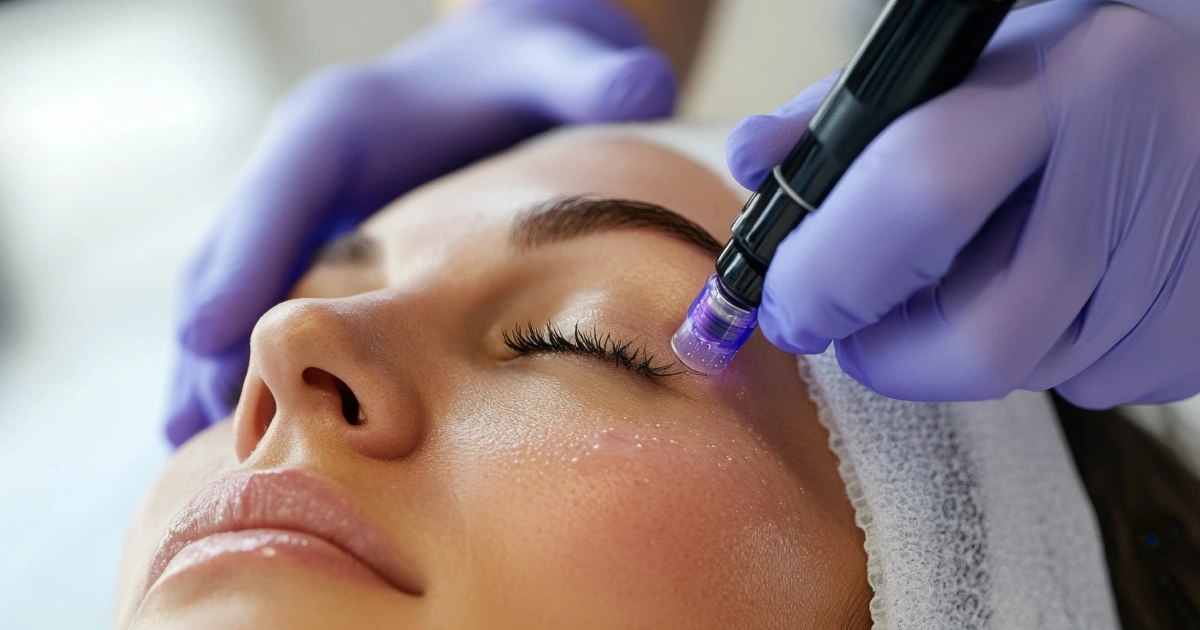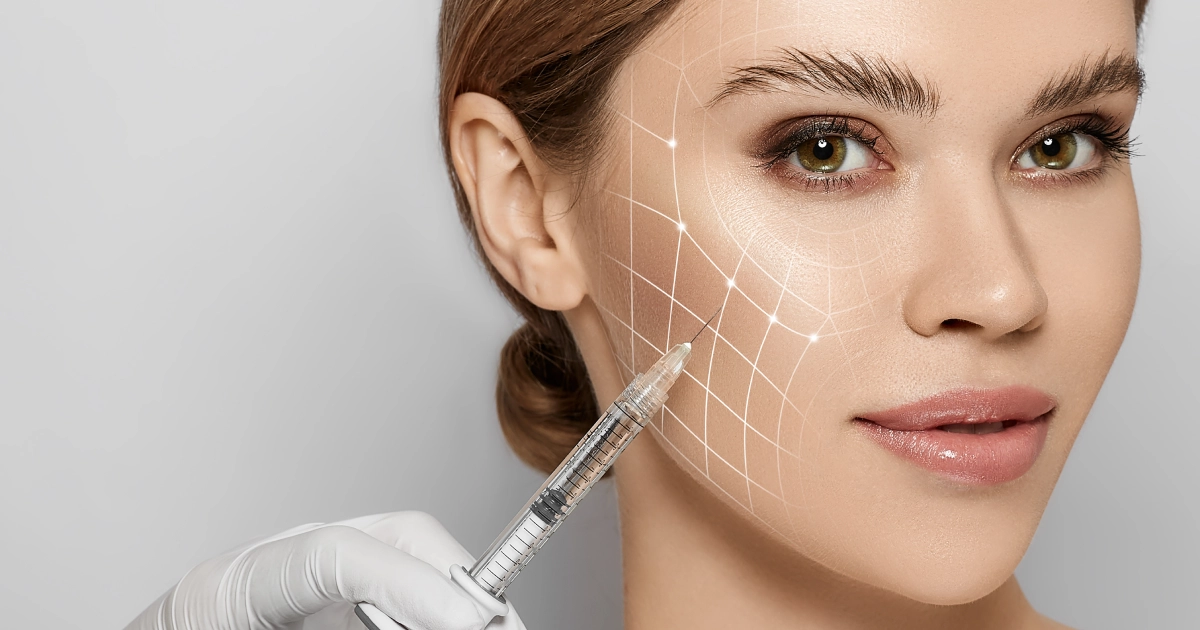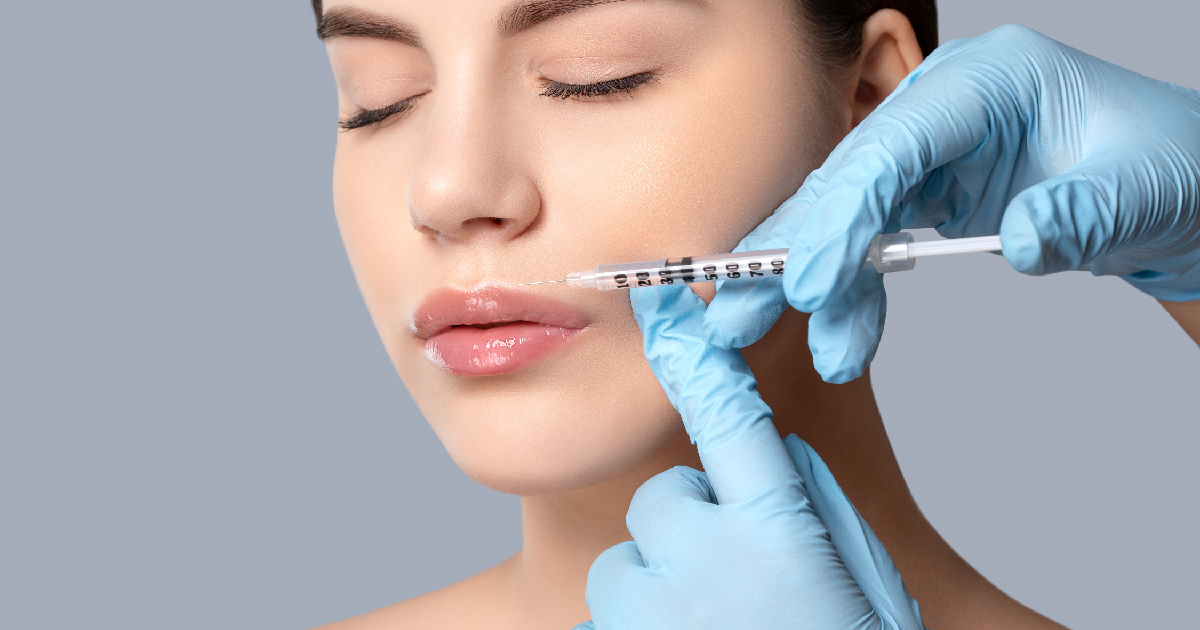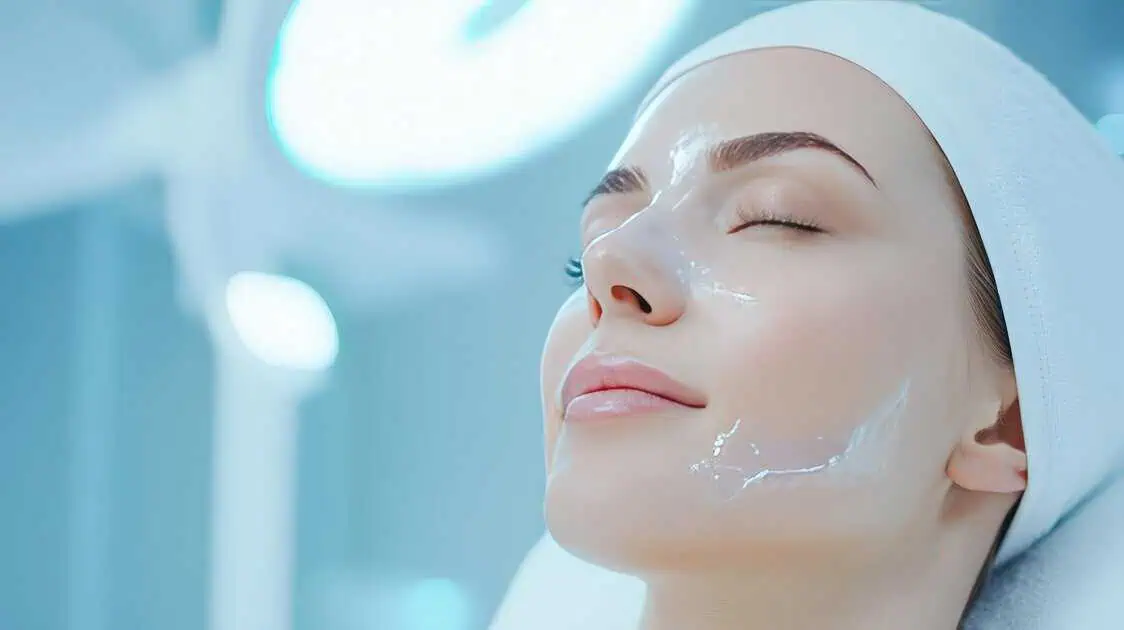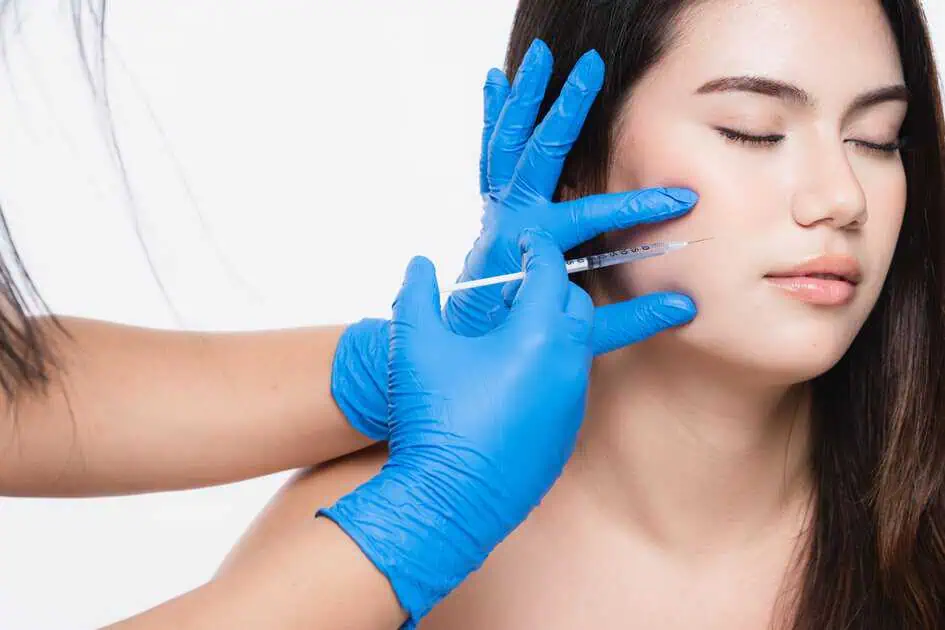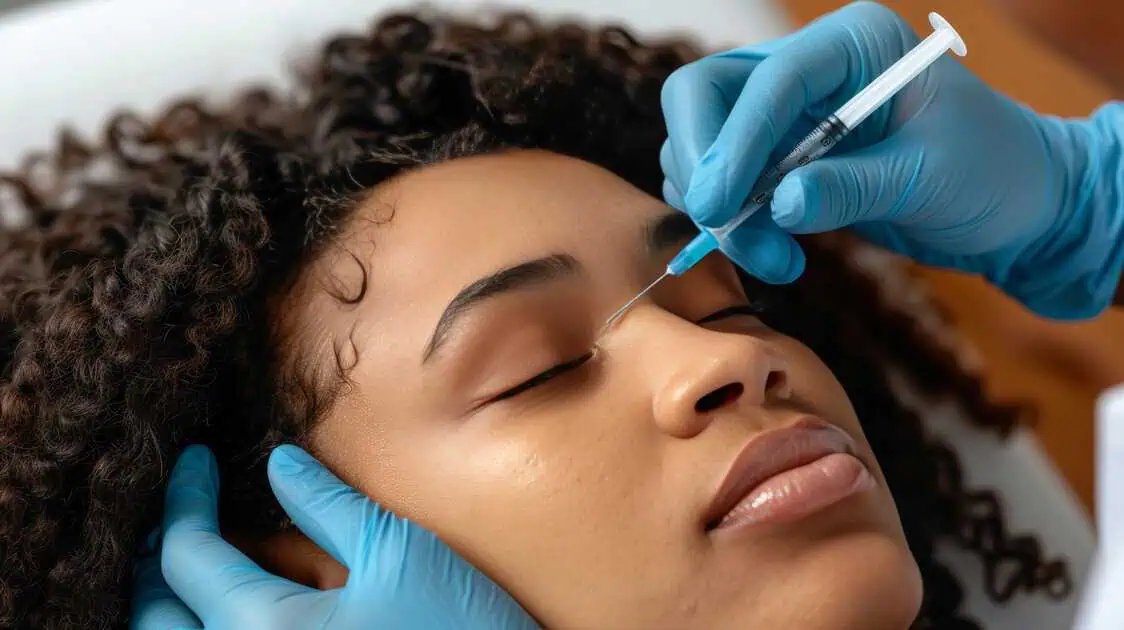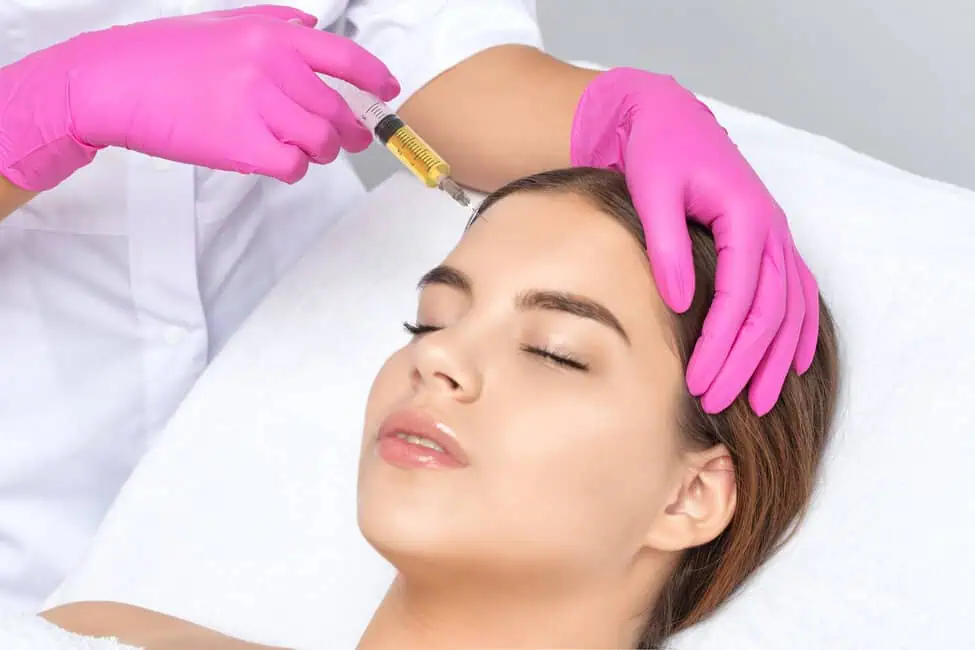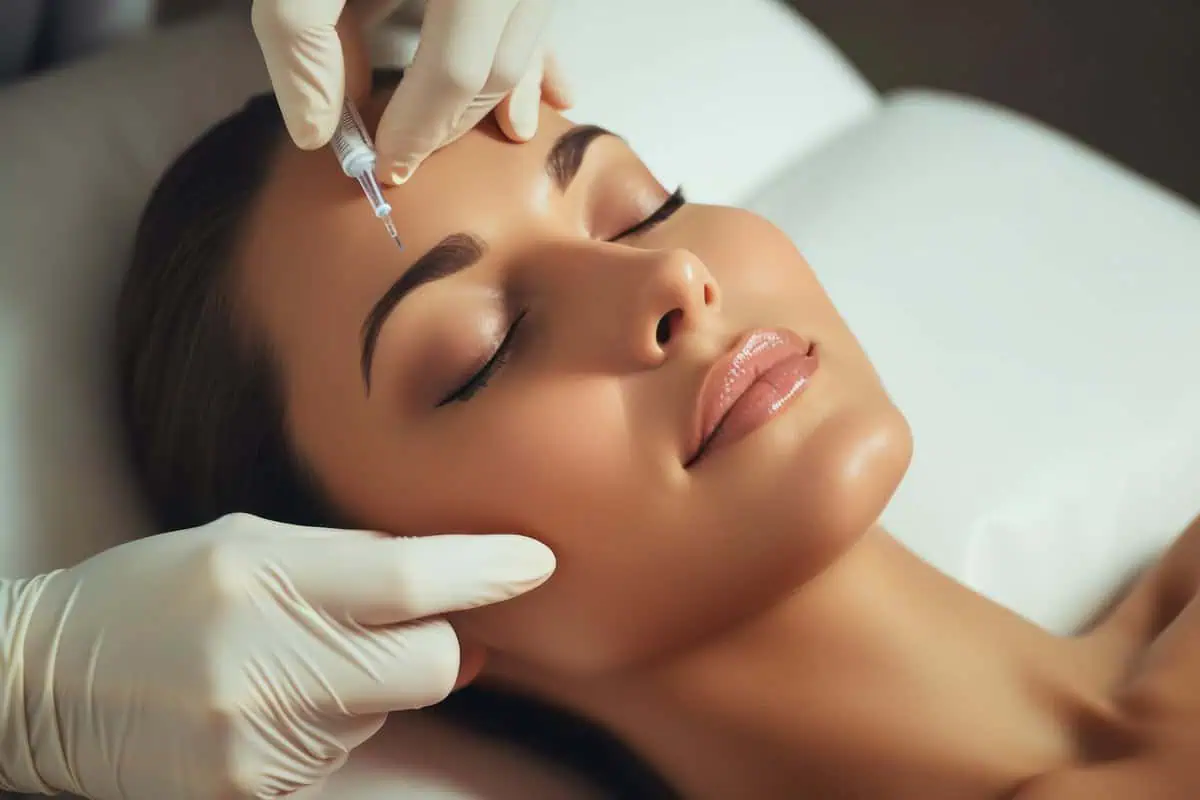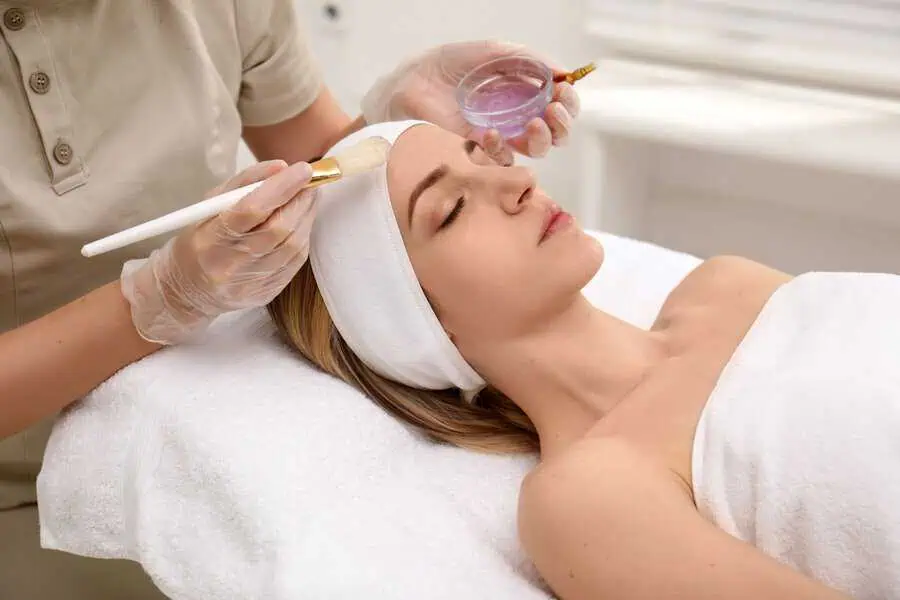Table of Contents
Glowing skin doesn’t always require dramatic measures. Sometimes, the most effective changes come from treatments that work with your body’s natural renewal process. Chemical peels fall into that category. These treatments stimulate new skin growth, gradually improving tone, texture, and clarity.
Whether you’re managing acne scars or early signs of aging, understanding how peels work—and which options make sense for your goals—can help you make informed choices.
The Basics: What Exactly Is a Chemical Peel?
At their core, chemical peels are exfoliating treatments that use acid-based solutions to dissolve damaged surface layers of the skin.
When applied by a trained professional, these solutions create a controlled response that stimulates your body’s healing mechanism. Over the following days, the skin sheds dead cells and begins regenerating healthier tissue.
Peels vary in intensity—from superficial to deep—and the concentration determines how much skin is removed. The type of peel used also dictates how much transformation occurs underneath.
Superficial peels refresh the surface. Medium-depth peels improve pigmentation and mild wrinkles. Deeper options help address long-standing imperfections and texture changes.
How Peels Change Skin at Every Level
Surface Shedding (Exfoliation)
The solution breaks the bonds between dead skin cells in the outermost layer (stratum corneum), prompting them to flake away naturally.
Cell Turnover
As old cells shed, new cells rise to the surface. This accelerated regeneration leads to improved texture, tone, and clarity.
Collagen Activation
Medium to deeper peels stimulate fibroblasts, encouraging the production of collagen and elastin. These are two important proteins that support firm, resilient skin.
This three-layer process helps explain the wide-ranging chemical peel benefits, from softening fine lines to minimizing the appearance of sun damage or discoloration.
Benefits of Chemical Peels
Peels aren’t just about exfoliation. Their true value lies in how they support long-term skin health. Here’s what patients often experience after a well-matched peel regimen.
Brighter, More Even Skin Tone
By lifting away pigmented cells and promoting uniform regeneration, peels help correct blotchy skin and sun-induced dark spots. For many people, this is the most noticeable change in chemical peel before and after photos.
Smoother Texture
Peels help soften rough patches and reduce the prominence of fine lines. In particular, a medium-depth chemical peel for wrinkles can make creases around the eyes or mouth appear less pronounced over time.
Fewer Breakouts and Less Congestion
Peels that include salicylic acid or similar exfoliants can clear blocked pores and reduce inflammation. A chemical peel for acne scars can also help fade post-breakout pigmentation while smoothing out shallow pitted areas.
Improved Pigmentation and Clarity
For those struggling with melasma or uneven tone, a chemical peel for hyperpigmentation can gradually fade discoloration, leading to a more uniform complexion. This primarily occurs when done in a series of treatments.
Boosted Confidence
When your skin looks healthy and balanced, that often translates into improved self-image. Peels don’t just work on the skin—they can also affect how you carry yourself each day.
Top Chemical Peel Options For Your Cosmetic Needs
Choosing the Best chemical peel depends on your specific concerns and how much downtime you’re comfortable with. At Pink Opal Aesthetics, clients have access to three medical-grade peels from SkinMedica®. Each offers a different level of strength and resurfacing.
Illuminize Peel®
Best for: Dullness, minor texture irregularities, and first-time peel clients
Key Benefits:
- Gentle brightening with no visible peeling
- Improves overall clarity and smoothness
- Perfect option for a quick refresh before events
Vitalize Peel®
Best for: Mild-to-moderate imperfections including pigmentation, fine lines, and post-acne discoloration
Key Benefits:
- Minimizes chemical peel for wrinkles and surface roughness
- Reduces dark marks and uneven tone
- Helps fade acne-related pigmentation with light flaking
Rejuvenize Peel™
Best for: Deeper lines, more persistent pigmentation, and coarse texture
Key Benefits:
- Significant resurfacing results within one to three treatments
- Supports collagen regeneration for firmer, clearer skin
- Moderate peeling occurs, with several days of visible exfoliation
These options allow for gradual progression, giving your provider room to adjust intensity over time based on how your skin responds.
Who Is a Good Candidate?
Most healthy adults with concerns like uneven tone, acne scars, or early wrinkles can benefit from a chemical peel. It’s important that the provider assess your skin type, sensitivities, and goals before recommending a specific peel.
If you’re dealing with persistent breakouts, sun spots, or dry, flaky patches, a properly selected peel can be a safe, effective treatment. This is especially true when performed by a licensed professional.
What to Expect Before and After a Chemical Peel
Before Your Treatment
- Stop using retinoids or exfoliating acids several days in advance.
- Stay hydrated and avoid aggressive sun exposure.
- A skin evaluation will determine which peel is most suitable for you.
Immediately After
- Expect some redness or tightness.
- Avoid applying makeup for at least 24 hours.
- Begin a gentle moisturizing routine and avoid active ingredients.
Over the Next Week
- Peeling may start within 48 hours, depending on the depth.
- Do not pick or scrub flaking skin.
- Apply sunscreen religiously. This is because new skin is more UV-sensitive.
- Most results become noticeable within 7–10 days.
Chemical peel before and after comparisons often reveal reduced pore size, smoother tone, and more even skin color, especially after completing a series of treatments.
Not Sold on the Chemical Peel? There Are Other Options
Chemical peels are a proven method for skin rejuvenation, but they’re not the only path to smoother, clearer skin.
Skin resurfacing can also be achieved through treatments that work below the surface, stimulating collagen production and enhancing skin texture in different ways.
Choosing the right option depends on your skin type, the specific concerns you’re addressing, and how much downtime you’re comfortable with.
For example, when targeting acne scars or early signs of aging, some individuals may benefit more from techniques that reach deeper into the dermis. While chemical peels exfoliate the outer layers, the treatments below engage the skin’s natural repair processes at a deeper level.
Microneedling
Microneedling uses fine, sterile needles to create controlled micro-injuries in the skin. These tiny punctures trigger a wound-healing response that stimulates the production of collagen and elastin—proteins responsible for skin’s firmness and elasticity.
Over time, this leads to improved skin tone, smoother texture, and a reduction in the appearance of acne scars, fine lines, and enlarged pores.
This procedure is especially beneficial for those seeking skin regeneration without the flaking or surface peeling often associated with medium to deep chemical peels.
Exosome Therapy
Exosome therapy involves applying regenerative cell messengers (exosomes) to the skin to encourage repair and renewal. These biologically active vesicles contain growth factors, peptides, and antioxidants. All of these help support collagen synthesis, reduce inflammation, and improve skin vitality.
When paired with microneedling, exosomes penetrate more effectively, enhancing their benefits. This treatment is ideal for those seeking a boost in skin recovery, hydration, and long-term resilience. The combination will best benefit patients who are sensitive to acids or seeking an alternative to exfoliation-based treatments.
Why Choose Pink Opal Aesthetics for Chemical Peels in San Mateo, CA
At Pink Opal Aesthetics, every peel is administered by a licensed medical professional with deep knowledge of skin physiology. Their practice focuses on results-driven treatments without unnecessary discomfort or downtime. Clients appreciate their thorough consults, product safety, and consistent aftercare guidance.
What Sets Pink Opal Apart:
- Use of SkinMedica®’s clinically tested formulas
- Personalized treatment plans based on your unique skin profile
- Thoughtful application techniques that prioritize both efficacy and skin integrity
- A track record of satisfied clients who return for ongoing treatments or maintenance
Frequently Asked Questions
How long does a chemical peel take?
Most chemical peels take about 20 to 30 minutes to perform in-office.
Is there downtime after a chemical peel?
Light peels have little to no downtime, while medium to deep peels may require several days of recovery.
Can chemical peels help with acne scars?
Yes, a chemical peel for acne scars can gradually improve skin texture and fade post-acne pigmentation.
Are chemical peels safe for sensitive skin?
When administered by a professional, light chemical peels can be safely used on sensitive skin types.

